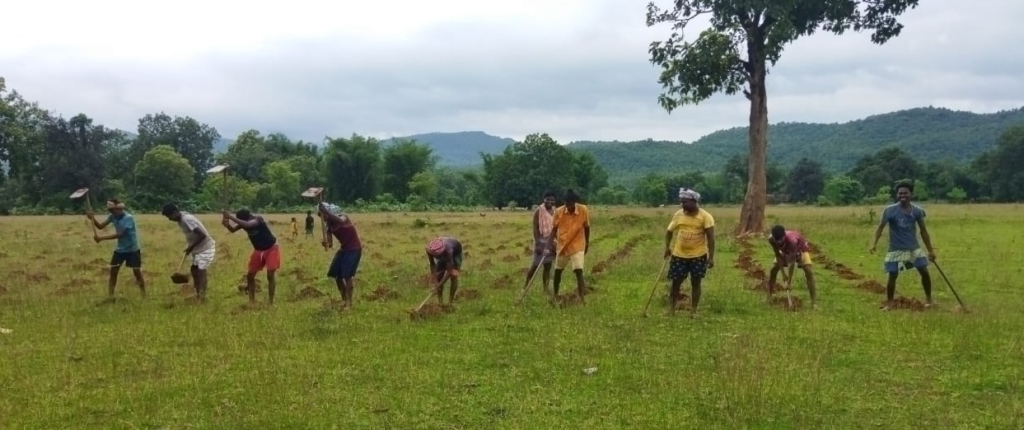
Terms like net zero, carbon sequestering and offsets are now being used more commonly and with good reason. The climate crisis is an urgent global issue that requires a collective effort. At the heart of nature based solutions is the carbon sink. Planting a sapling and restoring our tree cover is one of the most crucial steps towards creating the much-needed carbon sink.
Carbon sink refers to anything that absorbs CO2 from the atmosphere and stores it for a long period of time. Forests are one of the most important types of carbon sinks. Trees absorb the CO2 through the process of photosynthesis. Although there are many variables to consider, on average, one tree can absorb approximately 20 kgs of CO2 per year. Carbon Dioxide is the primary greenhouse gas emitted by humans.
Contributors to Greenhouse Gases
Human activity can be credited as the main contributor to greenhouse gas emissions. In fact, our modern lives have been driven by fossil fuels. We burn fossil fuels for a variety of our needs such as electricity, heat, transport etc. Each of these activities release a large amount of carbon in the atmosphere.
Other than burning fossil fuels, deforestation due to expansion of agricultural land, animal grazing, logging purposes or clearing of land for industrial or infrastructure purposes have destroyed a significant portion of our tree canopy.
What can 1 person do?
When faced with the daunting information on climate change, it is natural to wonder how one person can have any substantial impact. It is also common that we are filled with resignation since climate change is a huge collective undertaking. However, if we look at the amount of greenhouse gasses a single person’s activities can cause, then we would no longer underestimate the impact one person can have.
On an average, the carbon footprint of an average person amounts to 7 tonnes (7000 kgs) CO2e per year – That is a substantial amount. To put it in perspective, we need 6 mature trees per person to absorb 1 ton of carbon dioxide.
Planting a sapling for a greener, sustainable future
Other than activities that reduce burning fossil fuels such as conserving electricity, going vegetarian and choosing public transport, taking active steps towards reforestation can have a measurable impact on our environment.
Our plantation projects are designed to tackle multiple things. At the social level, initiatives at Grow-Trees.com aim to provide the local community with equitable employment opportunities. From the environmental perspective, the projects look at enhancing wildlife habitat, reducing human & wildlife conflict, and providing a complementary source of food for the locals among many things.
One of our recent projects is the plantation of 1,00,000 carried out during the monsoon of 2022 in the fringes of Similipal National Park in Saradha village located within the Gram Panchayat of Badgaon, located in the Mayurbhanj District, of the eastern Indian state of Odisha.
This carbon sink will have the ability to absorb on average, 20,00,000 kgs of carbon dioxide per year upon maturity.
You too can plant a tree!
The idea of individuals planting a tree may seem far-fetched but it is very much within our reach. At Grow-Trees, we believe that the ability to foster a greener ecosystem should be accessible to all. As part of that endeavour, we have developed the eco-friendly gifting concept of Greet with Trees. With just a few clicks, you can gift a tree to your loved ones and make a difference to the environment. With this gift of trees, eco-friendly gifting takes on a new meaning – you are reducing your carbon footprint and contributing to the creation of a much-needed carbon sink.
